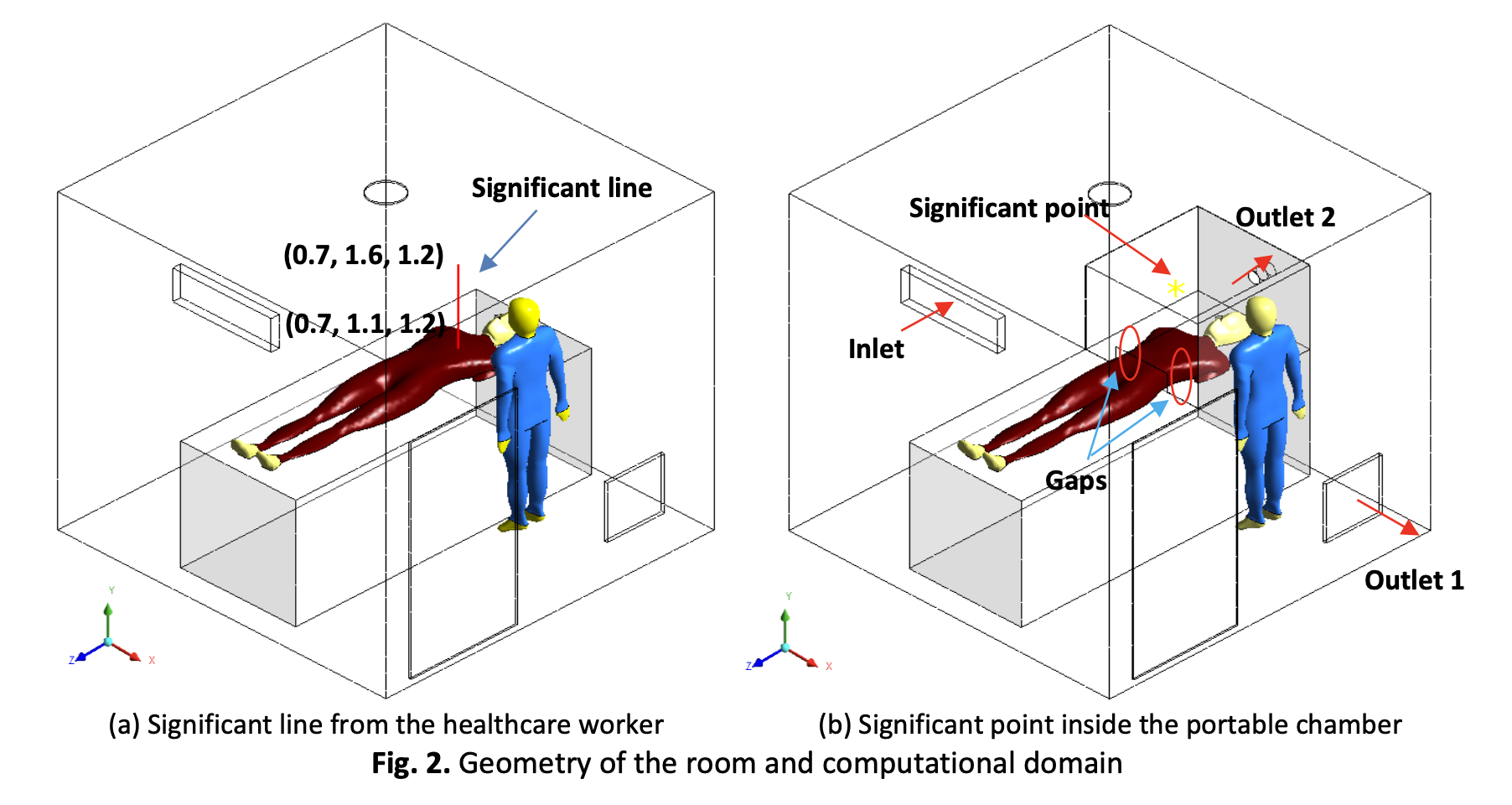Design and Performance Evaluation of a Portable Chamber for Prevention of Aerosol Airborne – Infection
DOI:
https://doi.org/10.37934/arfmts.100.2.181197Keywords:
Negative pressure, portable isolation chamber, aerosol containment, COVID-19Abstract
Since the emergence of the COVID-19 pandemic, complications for healthcare workers in hospitals have increased. Healthcare workers have had to develop innovative solutions to deal with the shortage of resources and isolation rooms for those infected with the coronavirus. One of the solutions used is to convert the general patient room into a negative pressure room to prevent airborne infections from leaking into the surrounding environment. However, this was not always easy due to many limitations, such as the overall design of the chamber and the unavailability of mechanical parts to create negative pressure. Another solution is to use medical masks. However, they are not appropriate, especially for patients who suffer from breath shortness. With all these problems, a simple solution was reached in the present work, which is to create a portable isolation room that is simple in terms of cost and implementation. The objective was to investigate the dispersion of the infection inside the portable chamber in addition to its effectiveness in minimizing the risk of infection for healthcare workers. Thus, the airborne infection is eliminated by connecting the exit of the portable chamber directly to a vacuum pump. In the present study, a comparison was made between a normal room without a portable chamber and another with a portable chamber. Six different strategies were applied to remove pollutants. The results showed that strategy 6 was more effective than other strategies (2, 3, 4, and 5) by percentages of 61.6%, 70.4%, 52.4%, and 33.0%, respectively.
Downloads

































